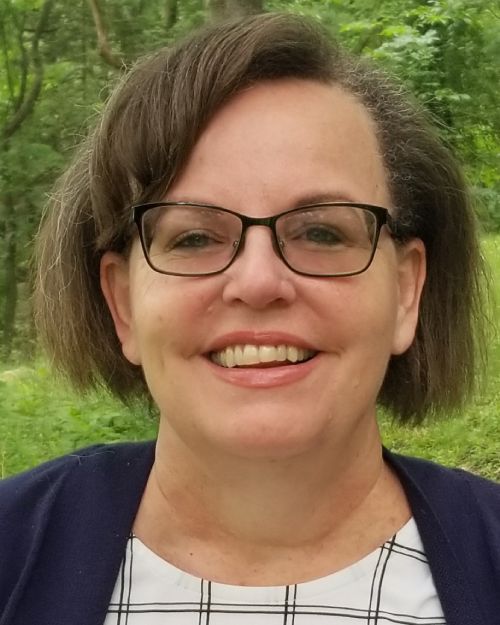How to have workplace discussions about diversity
- July 8, 2020
- By Guest Author
- 3 minute read

In light of the national conversation on race and diversity, you may wonder how to take the conversation into the workplace.
Here are some questions to ask:
Are you showing respect to employees?
It’s no surprise that employees want to be respected. But research by Kristie Rogers (Harvard Business Review, 2018) shows employees want both earned respect and owed respect.

Earned respect is when an employee completes a task and we tell them, “You did a great job!” Owed respect is treating others in a way that demonstrates we value them as human beings.
According to Rogers, owed respect is “signaled by civility and an atmosphere suggesting that every member of the group is inherently valuable.” Without owed respect, managers may micromanage (showing a lack of trust) or treat employees as interchangeable (“TJ’s not here? Well, someone else on the team can do it.”).
Celebrate employees for their differences and their contributions to the team as well as their success in accomplishing key metrics. Ask yourself: “Am I showing respect to employees both as workers and as individuals?”
Are you having learning conversations with your direct reports?
Find out how you are doing by talking to your team. In “Difficult Conversations: How to Discuss What Matters Most,” the authors argue that difficult conversations, such as talking to employees about respect in the workplace, consist of three separate conversations.
One is about facts (what happened), another is about emotions (how each party feels) and a third is about identity (what this says about who we are).
In such conversations, aim to tease out contributions to the problem (from both sides), listen to how others feel and acknowledge your own feelings, and reflect on how your perception of self may make it harder to hear some messages. For instance, if we see ourselves as good managers, and that’s part of our identity, it may be difficult to listen to how employees see us as contributing to problems or how we’ve made others feel. Recognize when your ego wants to respond, but don’t act on it; just listen to others.
Learning conversations ask that we acknowledge our emotional response, hit pause on trying to persuade others how they should feel, and focus not on blame but instead on doing better in the future. These conversations start from a place of curiosity (How can we do better as a team?), demonstrate that you value and respect how employees see critical issues, and recognize that direct reports can play a key role in helping create a more inclusive environment. Ask your team: “How can we do better?” I highly recommend “Difficult Conversations.”
Are you building a diverse team?
It may seem that having team members with similar backgrounds makes it easier for the team to come together into a coherent unit. Studies have shown, however, that more diverse teams outperform less diverse teams across financial and other performance measures.
A 2015 study by McKinsey & Company entitled “Delivering through Diversity” demonstrates the point across hundreds of companies. Diversity, they argue, can be thought of in terms of ethnicity, but also gender, LGBTQ+ identity, age/generation and international experience.
To achieve results, go beyond word-of-mouth referrals. Place ads on new sites, actively recruit diverse candidates and identify your criteria in advance. Then ask questions consistently of all candidates. Make diverse hiring a priority. Ask yourself this: “Does our workforce reflect our community?”
These recommendations require that you be intentional. They will require some investment on your part. But this intentionality and investment will have an enormous payoff. You will create a stronger, more inclusive and diverse workplace built on trust, shared understanding and shared goals.
Olin’s Julia Deems, a lecturer in communications, wrote this blog post.
Media inquiries
For assistance with media inquiries and to find faculty experts, please contact Washington University Marketing & Communications.
Monday–Friday, 8:30 to 5 p.m.
Sara Savat
Senior News Director, Business and Social Sciences
